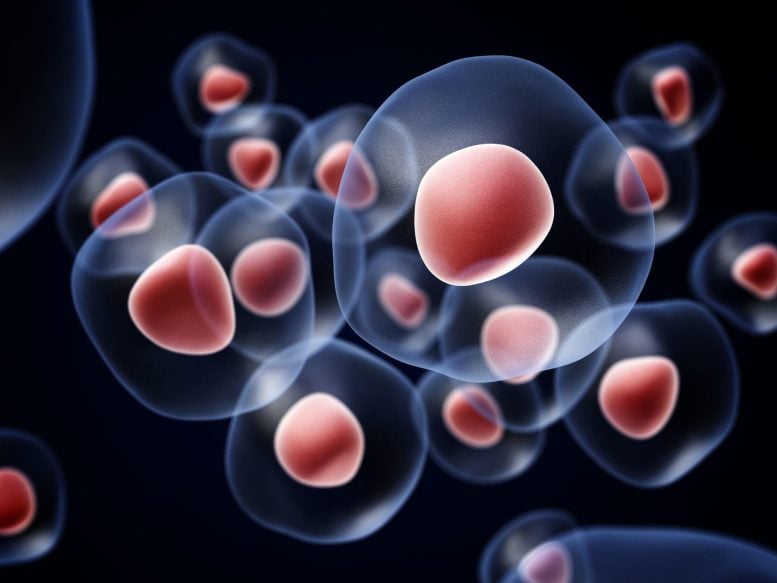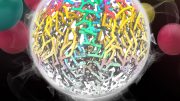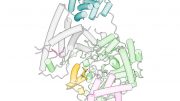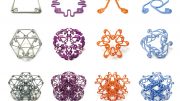
New research from Moffitt Cancer Center reveals that cells have a previously unknown information system based on ion gradients and the cytoskeleton, enabling rapid adaptation to environmental changes. This challenges traditional views of DNA as the only source of cellular information and could impact our understanding of cell function and cancer.
New study reveals that ion gradients across cell membranes create a network for swift cellular decision-making, separate from DNA.
Cells constantly navigate a dynamic environment, facing ever-changing conditions and challenges. But how do cells swiftly adapt to these environmental fluctuations?
A new Moffitt Cancer Center study, published in iScience, is answering that question by challenging our understanding of how cells function. A team of researchers suggests that cells possess a previously unknown information-processing system that allows them to make rapid decisions independent of their genes.
For decades, scientists have viewed DNA as the sole source of cellular information. This DNA blueprint instructs cells on how to build proteins and carry out essential functions. However, new research at Moffitt led by Dipesh Niraula, Ph.D., and Robert Gatenby, M.D., discovered a nongenomic information system that operates alongside DNA, enabling cells to gather information from the environment and respond quickly to changes.
The Role of Ion Gradients
The study focused on the role of ion gradients across the cell membrane. These gradients, maintained by specialized pumps, require large energy expenditure to generate varying transmembrane electrical potentials. The researchers proposed that the gradients represent an enormous reservoir of information that allows cells to monitor their environment continuously.
When information is received at some point on the cell membrane, it interacts with specialized gates in ion-specific channels, which then open, allowing those ions to flow along the pre-existing gradients to form a communication channel. The ion fluxes trigger a cascade of events adjacent to the membrane, allowing the cell to analyze and rapidly respond to the information. When the ion fluxes are large or prolonged, they can cause self-assembly of the microtubules and microfilaments for the cytoskeleton.
Typically, the cytoskeleton network provides mechanical support for the cell and is responsible for cell shape and movement. However, the Moffitt researchers noted that proteins from the cytoskeleton are also excellent ion conductors.
This allows the cytoskeleton to act as a highly dynamic intracellular wiring network to transmit ion-based information from the membrane to the intracellular organelles, including mitochondria, endoplasmic reticulum, and the nucleus. The researchers suggested that this system, which allows for rapid and local responses to specific signals, can also generate coordinated regional or global responses to larger environmental changes.
Insights and Implications of the Study
“Our research reveals the capability of cells to harness transmembrane ion gradients as a means of communication, allowing them to sense and respond to changes in their surroundings rapidly,” said Niraula, an applied research scientist in the Department of Machine Learning. “This intricate network enables cells to make swift and informed decisions, critical for their survival and function.”
The researchers believe that this nongenomic information system is critical for forming and maintaining normal multicellular tissue and suggests the well-described ion fluxes in neurons represent a specialized example of this broad information network. Disruption of these dynamics may also be a critical component of cancer development.
They demonstrated their model was consistent with multiple experimental observations and highlighted several testable predictions arising from their model, hopefully paving the way for future experiments to validate their theory and shed light on the intricacies of cellular decision-making.
“This study challenges the implicit assumption in biology that the genome is the sole source of information, and that the nucleus acts as a kind of central processor. We present an entirely new network of information that allows rapid adaptation and sophisticated communication necessary for cell survival and probably deeply involved in the intercellular signaling that permits functioning multicellular organisms,” said Gatenby, co-director of the Center of Excellence for Evolutionary Therapy at Moffitt.
Reference: “Modeling non-genetic information dynamics in cells using reservoir computing” by Dipesh Niraula, Issam El Naqa, Jack Adam Tuszynski and Robert A. Gatenby, 28 March 2024, iScience.
DOI: 10.1016/j.isci.2024.109614
This work was supported by the National Institutes of Health (R01-CA233487).









Michael Levin could have told them this 3 years ago.
Can by this findings be it possible to treat psychotic completely to cure?
Actually you people are using laboratory terms and medical terms which only you people would understand generally speaking and that’s not fair because the real way that cells communicate is from the elements that they’re made of and the electrons that orbit those elements all electrons have settings at the particle level what’s inside an electron is very important that knows the settings that’s why in the late 1990s I discovered how to cure all diseases with my quantum physics devices that translate what the electrons are really doing in the elements that we are all made of, the most destructive bomb to the human race is not the hydrogen bomb it’s not military hardware it’s not anything explosive, it is being master of the periodic table of elements and knowing the settings of the electrons if you want to call it the secret settings that’s what it is or the hidden settings within the electrons of every element that we’re made of with that if I could build a machine big enough and put it in a drone and transmit the signals necessary in order to affect the elements I could wipe out the whole human race without destroying any buildings or anything at all the humans would simply drop dead right where they stand that is how powerful this discovery is there’s more to my story but I don’t think it was ever going to answer me anyway so I don’t give a damn, so have a nice life using your brains to fill it with so much complications that you forgotten how to think and progress with simplicity
What a bunch of gobbled goo.
You may be able to eliminate the human race with your intense understanding of the periodic table, but you would think you could figure out punctuation.